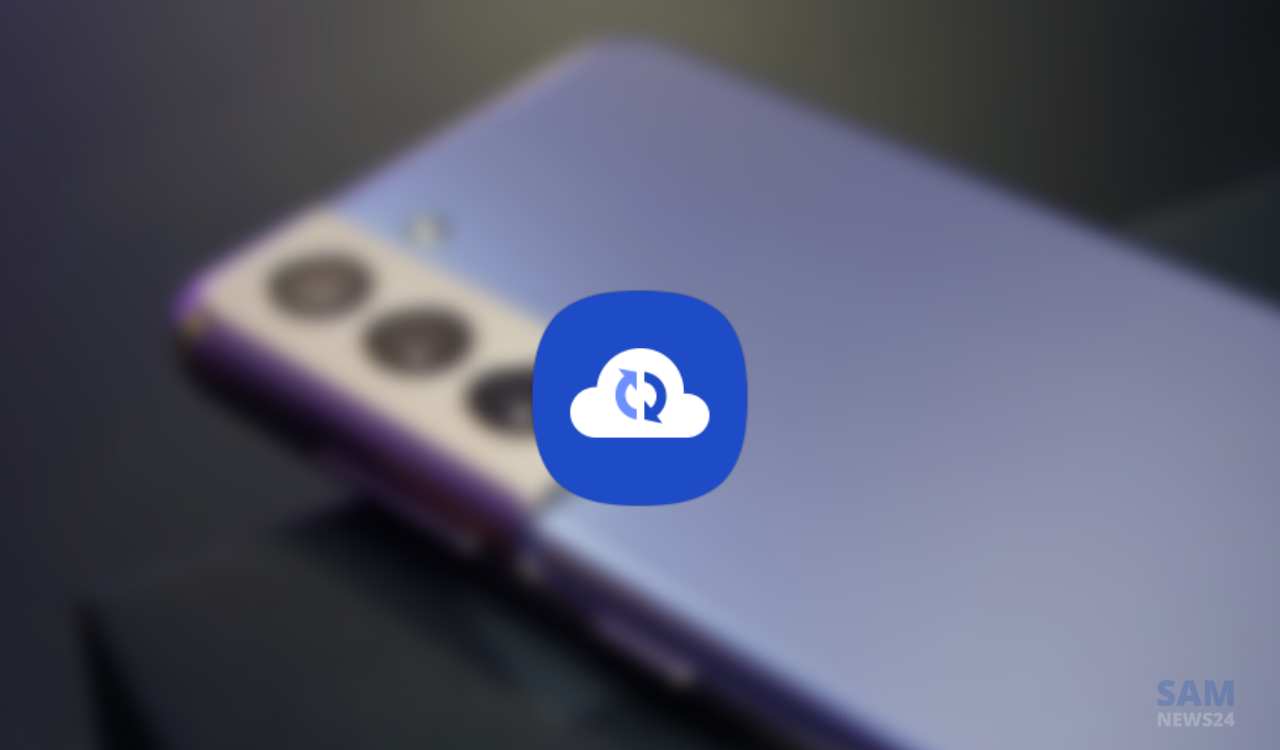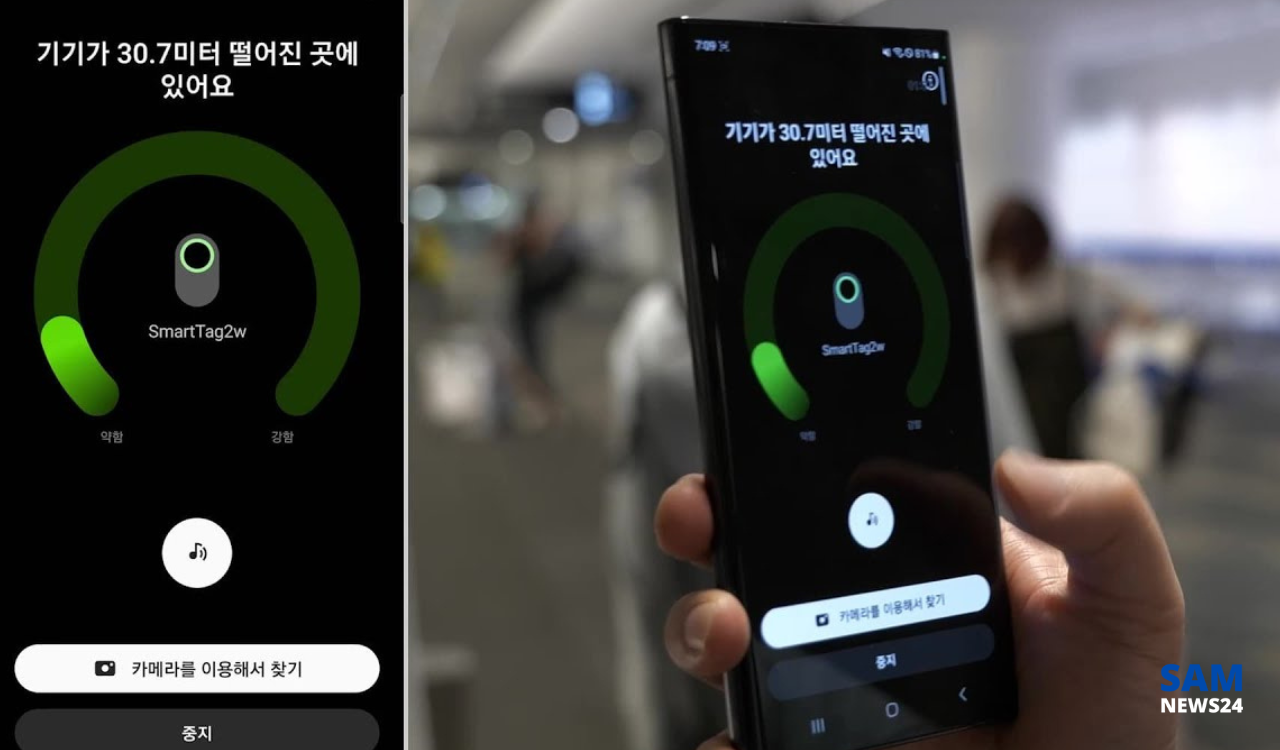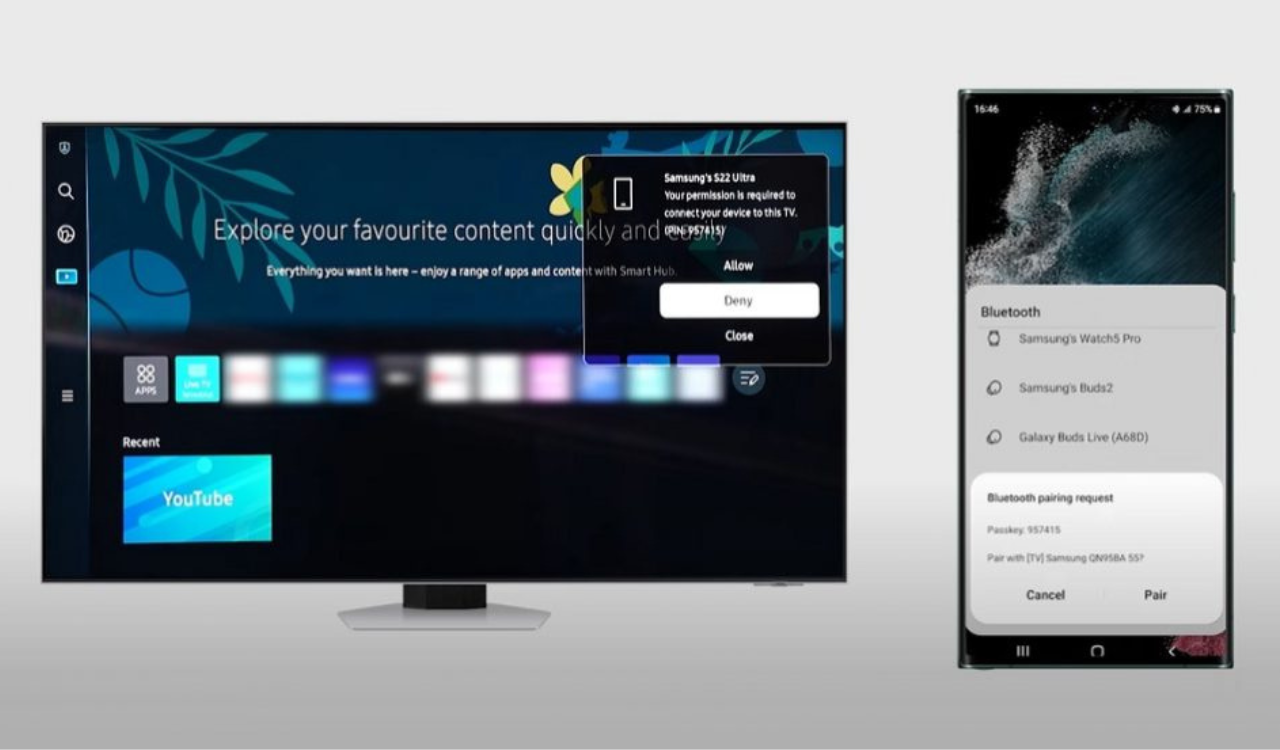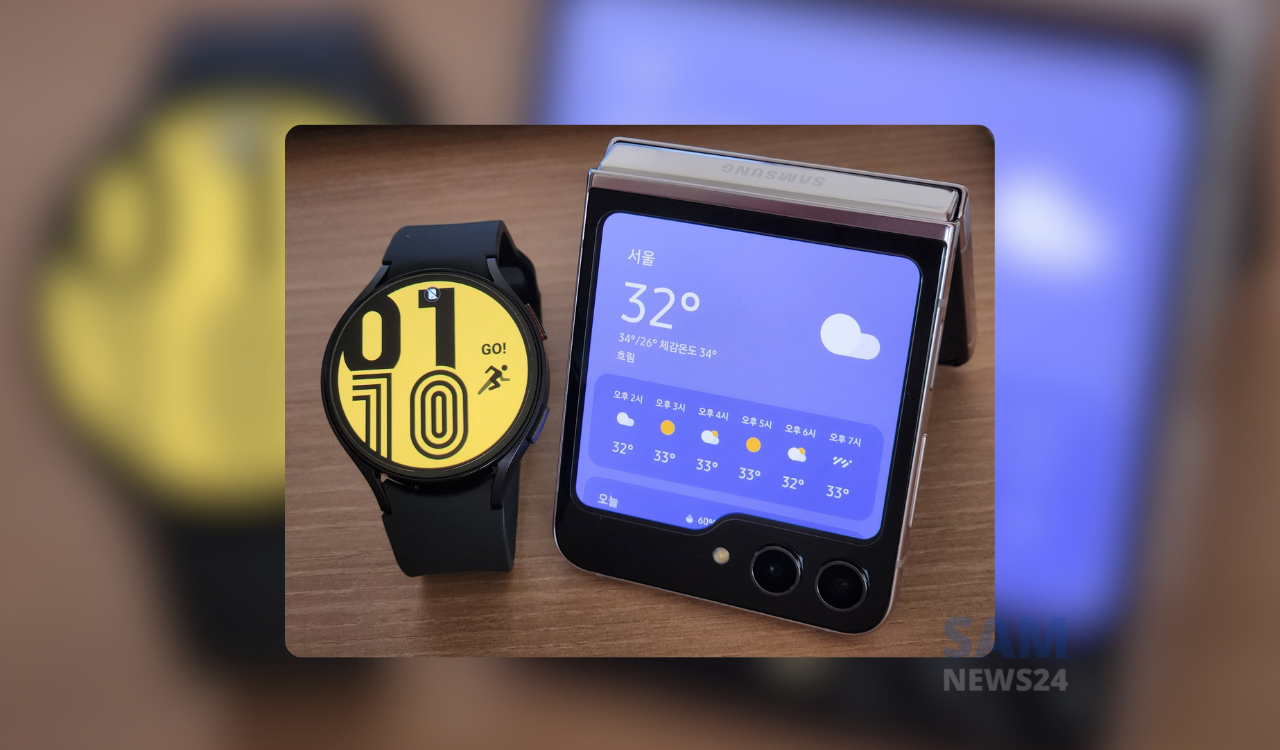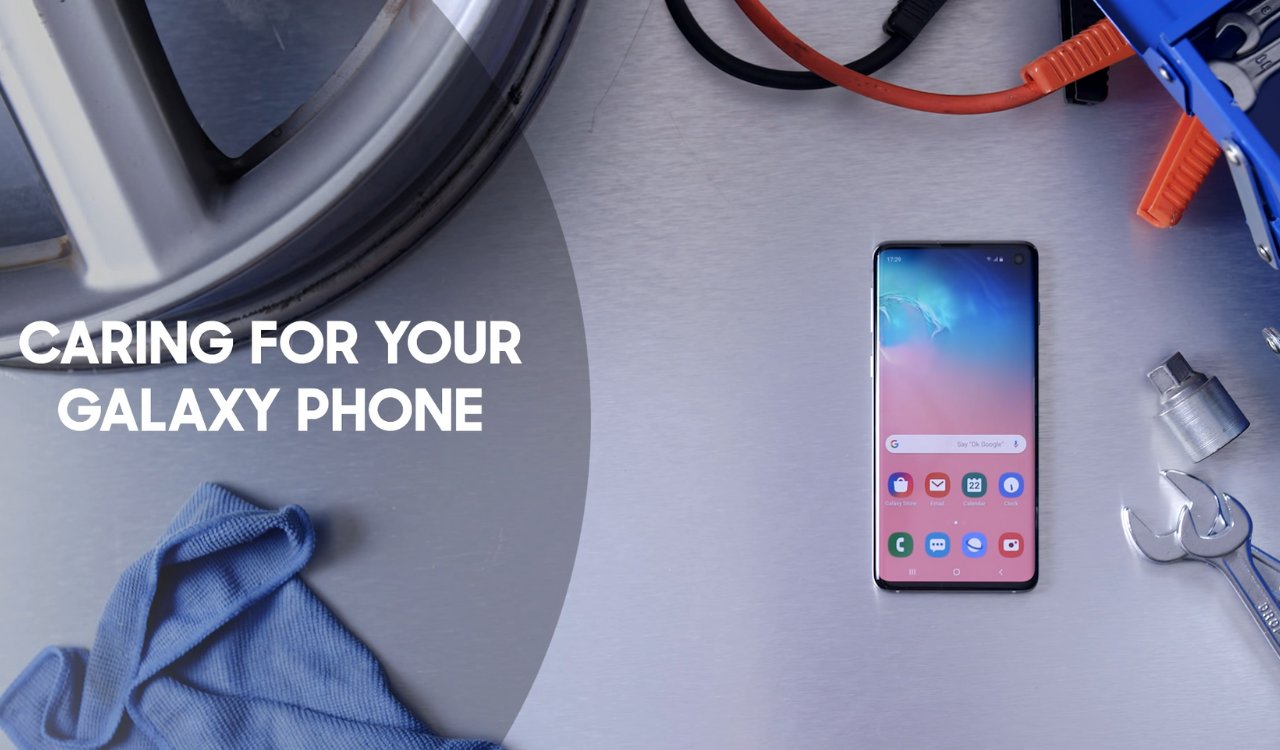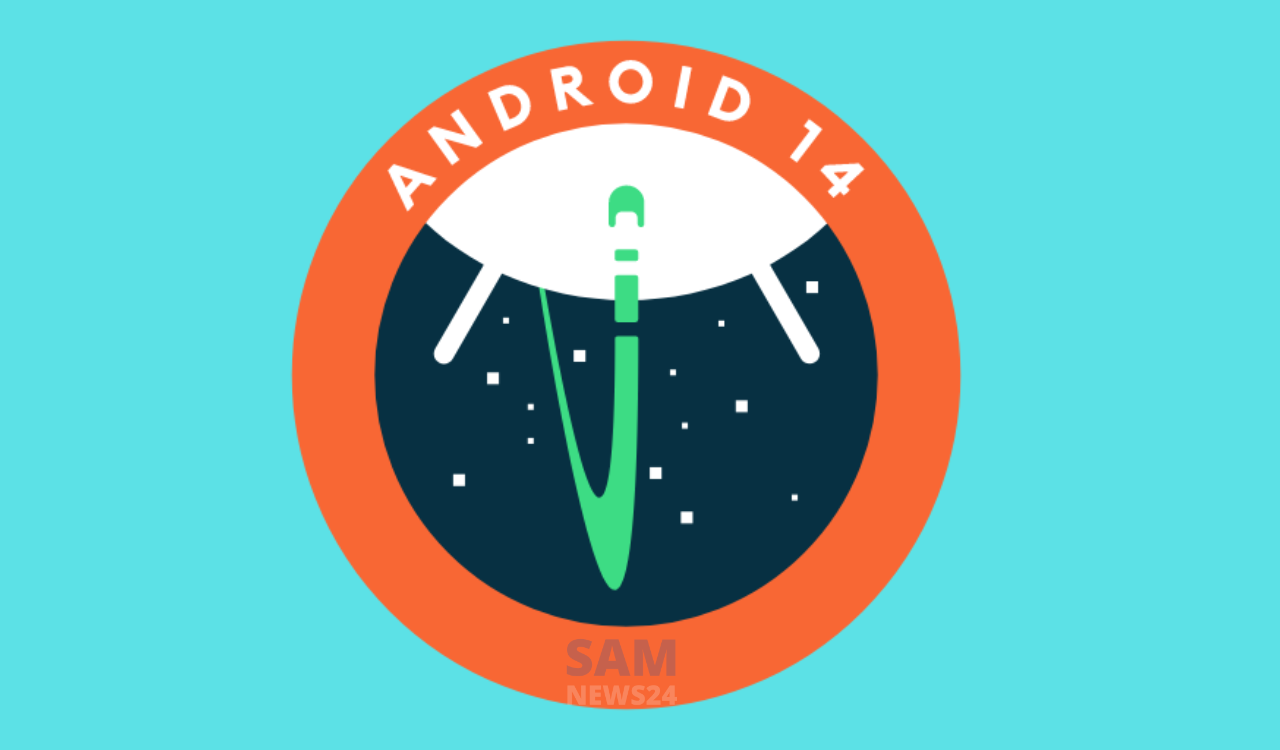In order to consist more and more features to wrap under the arms of Google evolving Android 14 utmost as much as it can, recently we furl up the text about the first Developer Preview of the operating software, where we noted that Android 14 has several appreciating tendencies including optimizations for big-screen devices, more battery efficiency, improved accessibility settings, increased security, and new UI changes.
Well, that was all actually had our first glimpse at what to expect from this year’s big Android update. As we cannot bind up the topic affirming “that’s all” there are obviously many more things that are yet to reveal but what exactly it is at least we can predict.
The first Android 14 developer preview gives us a good idea about what to expect from this year’s Android update ahead of its expected reveal at Google I/O in the next few months. With that in mind, here’s all there is to know about Android 14 right now ahead of its official announcement.
When will Android 14 be revealed?
Google releases a new version of Android on a yearly basis – through the announcement and release schedule isn’t quite as streamlined as the Android competitor, with different companies taking a different approach to bringing Android 14 to existing devices. This appears much like Apple’s iOS.
It starts with a reveal of Android 14, which will happen sometime in May – that has been Google’s preferred slot for the past few years, getting in there just before Apple’s yearly June announcement at WWDC – with a public beta to follow soon after.
Usually, Google’s own Pixel range will get the official Android 14 upgrade first, usually sometime in the Summer, though the same can’t be said for most Android manufacturers. Some lucky smartphones will get it fairly quickly, while others will have to wait quite some time.
Which devices will support Android 14?
That’s the million-dollar question right there. As noted, the upgrade process is far from straightforward when it comes to Android smartphones – even for those who should get the Android 14 upgrade as part of a multi-year OS upgrade promise.
It’s near-on impossible to list all devices that’ll support the upgrade, especially as it hasn’t been announced by Google just yet, so we’d recommend checking your manufacturer’s upgrade promise for your smartphone. Samsung, Google, and Oppo are leading the pack with multi-year OS upgrades, but it’s not commonplace among all manufacturers just yet.
What to expect from Android 14
It’s not hidden that Android 14 is still in progress Google has yet to officially reveal the software once fully furnished. While it has released the first developer-only preview. Well, it’s really responsible for your excitement but let me aware you of the fact that it doesn’t feature any consumer-focused features. Later in the year, it’ll mainly be for developers getting ready for the update. But it does give us a good idea of what Google is prioritizing with the update.
Improved support for tablets and foldable
As confirmed by Google with the release of the first Android 14 developer preview, this year’s software update should vastly improve support for big-screen foldable and tablets, with the former desperately needing some TLC to get apps to support the sometimes odd form factors. As it stands, most apps on Google Play simply aren’t optimized for the boxy aspect ratio of inner foldable displays, and that includes some hugely popular apps like Instagram.
Google says that “it’s continuing work that started with Android 12L and Android 13 to vastly improve the big-screen experience on Android, with a new set of tools for developers that should make it easier to optimize their apps for different layouts.”
“With every release, our goal is to make it easier for you to optimize your app across all Android surfaces,” Android engineering chief Dave Burke says in an Android Developers Blog about Android 14.
Improved battery efficiency
In battery efficiency, recent iterations of MediaTek and Qualcomm chipsets have made huge gains. But that hasn’t stopped Google from wanting to further optimize the Android operating system to be as efficient as it can possibly be.
Google is trying to do this by streamlining the background work of apps, allowing, for example, developers to ensure background tasks are performed only when users are connected to Wi-Fi and not the more power-hungry cellular connectivity.
Other features are yet to wait
It is chronicle maintained, the above is only the first few developer-focused features to be announced by Google, and we’re confident that the company has a few tricks up its sleeve to allow it to continue to compete with Apple’s iOS.
FOLLOW US ON SOCIAL MEDIA – Telegram, Twitter, Facebook, & Google News.





